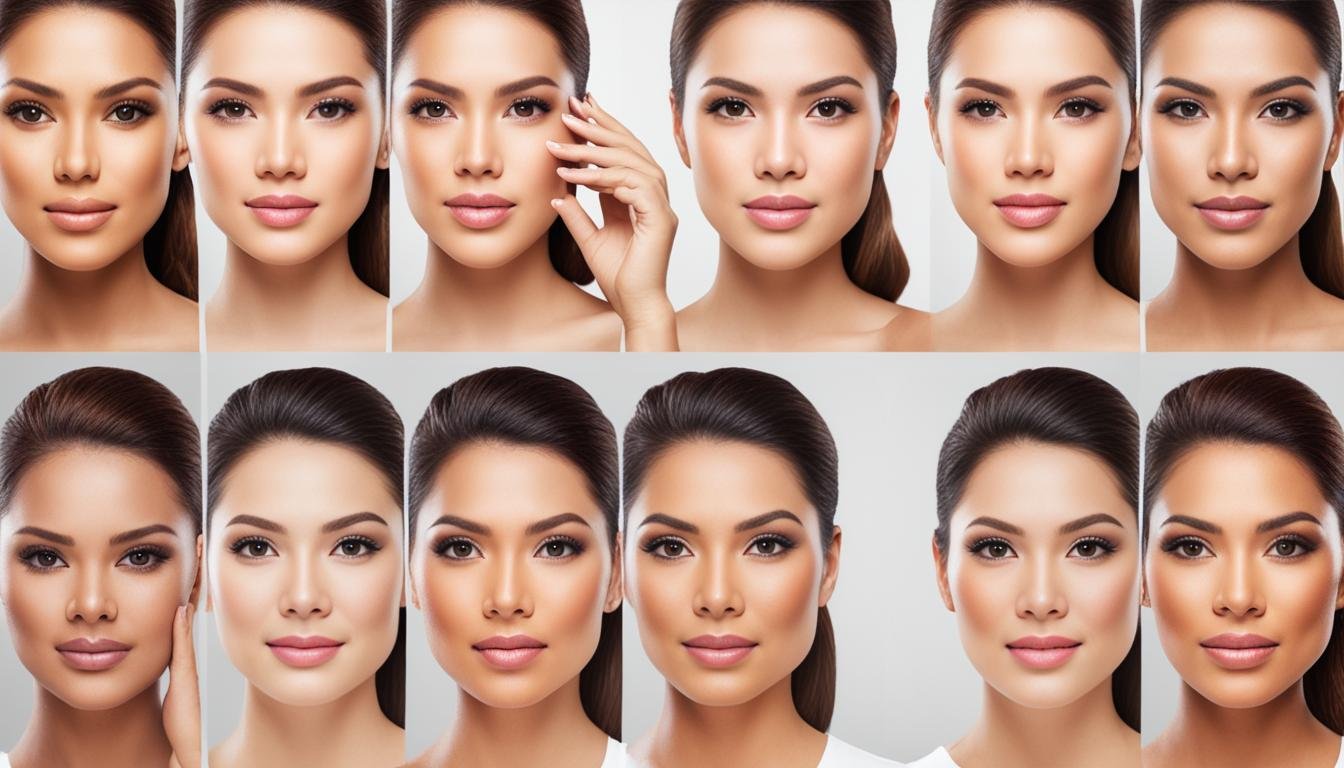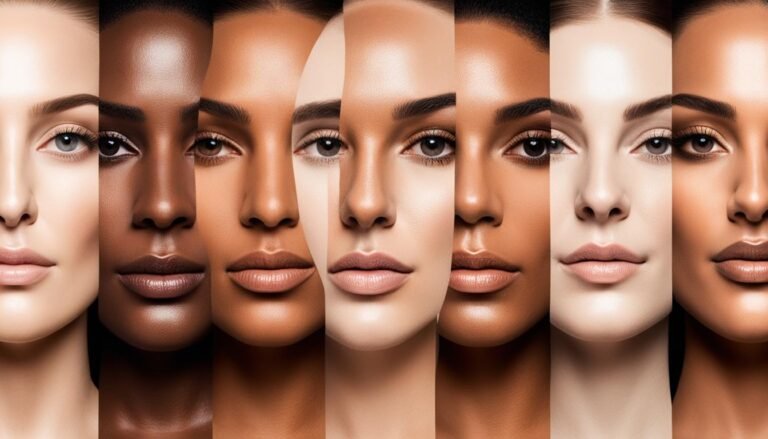What is colorism in the Philippines?
Colorism in the Philippines refers to the preference for lighter skin over darker skin. It is deeply ingrained in Filipino culture and has a significant impact on societal beauty standards. This preference can be seen in the prevalence of whitening creams and treatments, as well as the media’s obsession with lighter-skinned actors and actresses. Colorism has its roots in the country’s colonial history, particularly during Spanish and American occupation, which imposed Western standards of beauty and elevated those with fair skin to higher social status. This has led to a cycle of perpetuating the existing beauty standard, making it difficult for darker-skinned individuals to be represented and appreciated in mainstream media. Efforts to challenge and change this beauty standard are necessary to create a more inclusive and diverse society in the Philippines.
Key Takeaways:
- Colorism in the Philippines refers to the preference for lighter skin over darker skin.
- It is deeply ingrained in Filipino culture and has a significant impact on societal beauty standards.
- This preference is evident in the prevalence of whitening creams and treatments in the market.
- Colorism has its roots in the country’s colonial history, particularly during Spanish and American occupation.
- Efforts to challenge and change this beauty standard are necessary to create a more inclusive and diverse society in the Philippines.
The Impact of Colorism in Filipino Society
Colorism has a profound impact on Filipino society, affecting individuals’ self-esteem, social interactions, and opportunities. Those with lighter skin are often perceived as more attractive and are given preferential treatment in various aspects of life, including employment and romantic prospects. This bias towards fair skin can lead to feelings of insecurity and self-doubt among darker-skinned individuals, who may resort to using skin-lightening products or other means to try to achieve a lighter complexion.
Colorism also perpetuates stereotypes and divides within the Filipino community, reinforcing the notion that lighter skin is superior while marginalizing darker-skinned individuals. This discrimination based on skin tone is deeply entrenched in society and manifests in various ways, both overt and subtle, making it a significant societal issue that needs to be addressed.
“Skin tone discrimination is a barrier that prevents individuals from fully embracing their natural beauty and from being valued for their talents and abilities. We need to challenge these biases and promote inclusivity in Filipino society.” – Dr. Maria Santos, Skin Care Expert
The Cycle of Colorism
Colorism in Filipino society creates a vicious cycle that reinforces existing beauty standards and marginalizes those with darker skin tones. This cycle begins with the preference for lighter skin, which is perpetuated by the media, advertisements, and societal norms. Lighter-skinned individuals are often portrayed as successful, desirable, and more socially acceptable, while darker-skinned individuals are relegated to secondary roles or even excluded from mainstream media.
This constant exposure to light skin bias further ingrains the belief that lighter is better, leading to internalized feelings of inferiority among those with darker skin. This, in turn, fuels the demand for skin-lightening products as individuals strive to conform to society’s unfair beauty standards. The promotion and sale of these products only serve to reinforce the notion that light skin is superior, perpetuating the cycle of colorism.
Breaking the Cycle
Addressing colorism in Filipino society requires a collective effort to challenge existing beauty standards and promote inclusivity. Media outlets, advertisers, and entertainment industry leaders have a responsibility to cast actors and actresses with diverse skin tones in leading roles, breaking away from the long-standing preference for lighter skin. By providing representation and showcasing the beauty of darker-skinned individuals, the media can help shift societal perceptions and promote a more inclusive definition of beauty.
Educational institutions have a vital role to play in raising awareness about the harmful effects of colorism. By incorporating discussions about skin tone discrimination into curricula and promoting acceptance of diverse beauty ideals, schools can foster a more inclusive and empathetic society.
Furthermore, individuals can actively resist the influence of skin-lightening products, embracing and celebrating their natural skin tone. By supporting brands that embrace diversity and challenging biased beauty standards, consumers can help drive the change towards a society where every shade is valued and appreciated. Collectively, we can contribute to dismantling the cycle of colorism and fostering a more inclusive Filipino society.
| Effects of Colorism in Filipino Society | Ways to Address Colorism |
|---|---|
| • Lowered self-esteem and confidence • Limited career opportunities • Impact on mental health • Reinforcement of beauty stereotypes |
• Promote diversity in media • Educate about the harmful effects of colorism • Support inclusive brands and products • Challenge biased beauty standards |
| • Division and marginalization within the Filipino community • Strained social interactions and relationships • Perpetuation of inequality and discrimination • Underrepresentation of darker-skinned individuals in media |
• Advocate for legislative measures against colorism • Encourage dialogue and empathy • Embrace and celebrate natural skin tones • Demand equal representation and opportunities |
Challenging Colorism and Fostering Change
Challenging colorism in the Philippines requires a collective effort to redefine beauty standards and promote inclusivity. We recognize that the media plays a crucial role in shaping societal perceptions. That’s why it is important for television producers and advertisers to actively cast and feature actors and actresses with diverse skin tones. By showcasing darker-skinned individuals in leading roles and portraying them as complex and relatable characters, we can break the cycle of colorism and promote a more inclusive definition of beauty.
Additionally, it is crucial for individuals to resist the influence of skin-lightening products. Instead, let’s actively support companies that embrace and celebrate diversity. By purchasing from brands that prioritize inclusivity, we can send a powerful message that every shade of Filipino skin is valued and appreciated. This shift in consumer behavior can drive change within the beauty industry and create a market that caters to the diverse beauty needs of all Filipinos.
Education and awareness about the harmful effects of colorism are also essential in fostering change. We must engage in conversations that challenge the deeply ingrained beauty standards imposed by colonization and recognize the adverse impact they have on individuals and society as a whole. By educating ourselves and others about the historical roots of colorism in the Philippines, we can empower ourselves to dismantle these harmful norms and create a more inclusive and accepting society.






